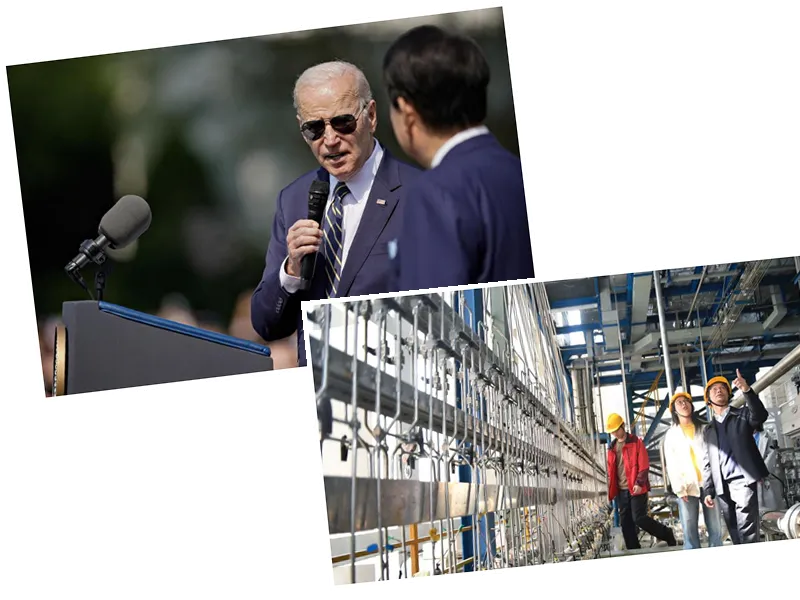Biden's Strategic Shift: Addressing Nuclear Deterrence in a Changing World
In March, President Joe Biden approved a highly classified nuclear strategic plan that marks a significant shift in the United States' deterrence strategy. This new approach is particularly focused on the rapid expansion of China's nuclear arsenal, as well as potential coordinated threats from China, Russia, and North Korea. The updated strategy, known as the 'Nuclear Employment Guidance', is designed to prepare the U.S. for a landscape where multiple nuclear-armed adversaries may pose challenges. According to reports from The New York Times, this change comes as the Pentagon anticipates that China's nuclear stockpile will soon rival those of the U.S. and Russia.
The White House has not publicly announced this revised strategy, which is updated approximately every four years and remains highly classified. Only a limited number of paper copies have been distributed among national security officials and Pentagon commanders. However, senior administration officials have hinted at this change in recent speeches, indicating that the updated guidance takes into account the significant increase in the size and diversity of China's nuclear capabilities.
China's Nuclear Energy Ambitions: A Leap Towards Leadership
In a parallel development, China is making strides in the nuclear energy sector, having recently approved the construction of eleven new nuclear reactors. This ambitious move aims to position China as a leader in nuclear energy by 2030, with the goal of reducing emissions and transitioning away from coal dependency. The approval, which amounts to around $31 billion, is part of a broader effort to enhance the country's energy sector, which currently relies heavily on coal for 63% of its energy needs.
China already operates 56 nuclear reactors and has around 30 projects under construction, making it a formidable player in the global nuclear energy market. With the highest number of reactors under construction, China is on track to surpass both the U.S. and France in nuclear energy capacity. This rapid expansion not only highlights China's commitment to cleaner energy but also underscores its ambition to dominate the nuclear power landscape.
The Global Nuclear Landscape: Competition and Collaboration
As the nuclear landscape evolves, the competition between nations intensifies. The U.S. is adjusting its deterrence strategy to account for the growing threat posed by China, while China is aggressively expanding its nuclear energy capabilities. This dual focus on nuclear deterrence and energy production raises important questions about international relations and global security.
The implications of these developments extend beyond military strategy; they also impact global energy markets and climate commitments. As countries like China invest heavily in nuclear energy, the world may witness a shift in power dynamics, with potential collaborations on ambitious projects, such as the planned nuclear power plant on the moon with Russia. The future of nuclear energy and deterrence strategies will undoubtedly shape the geopolitical landscape for years to come.






